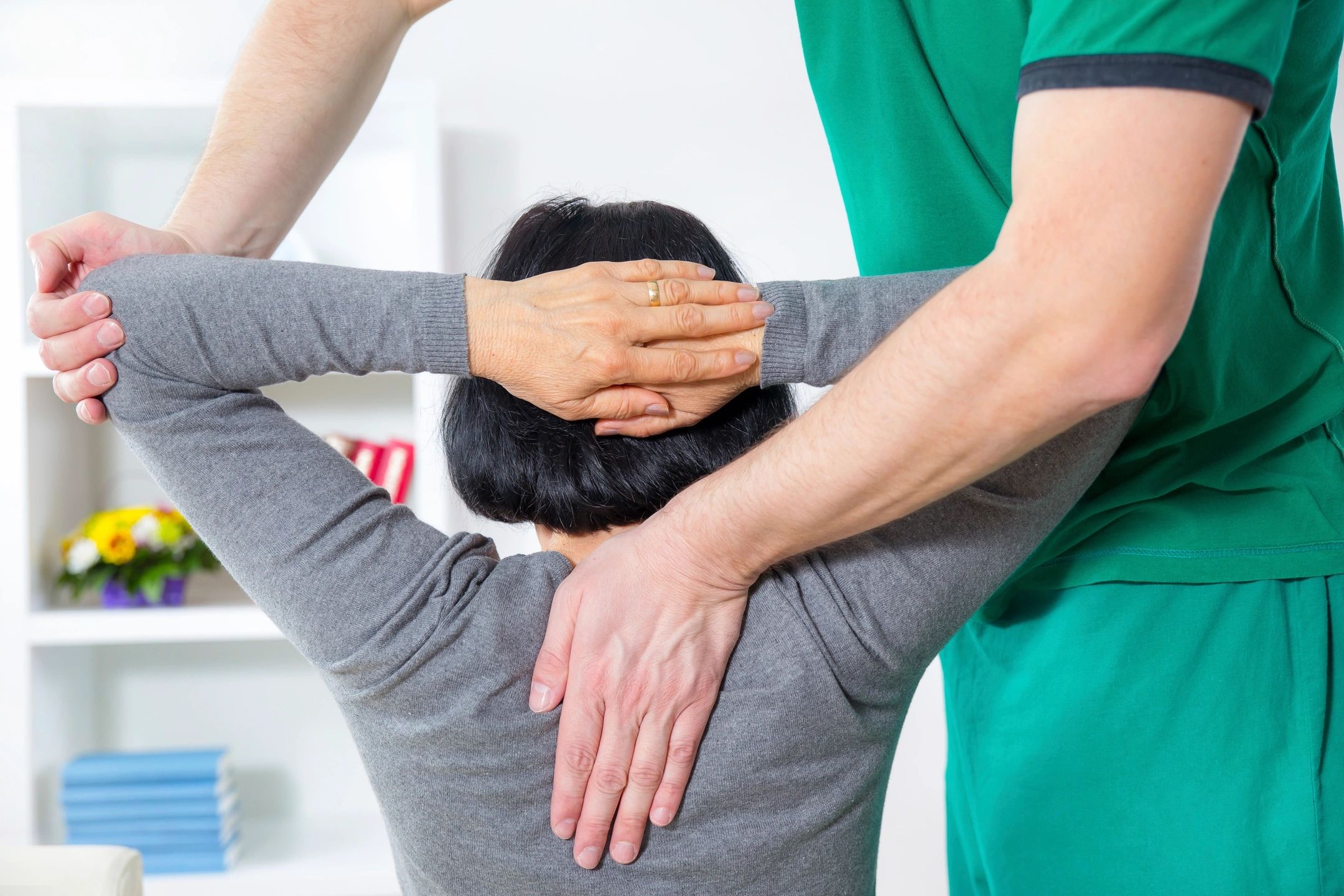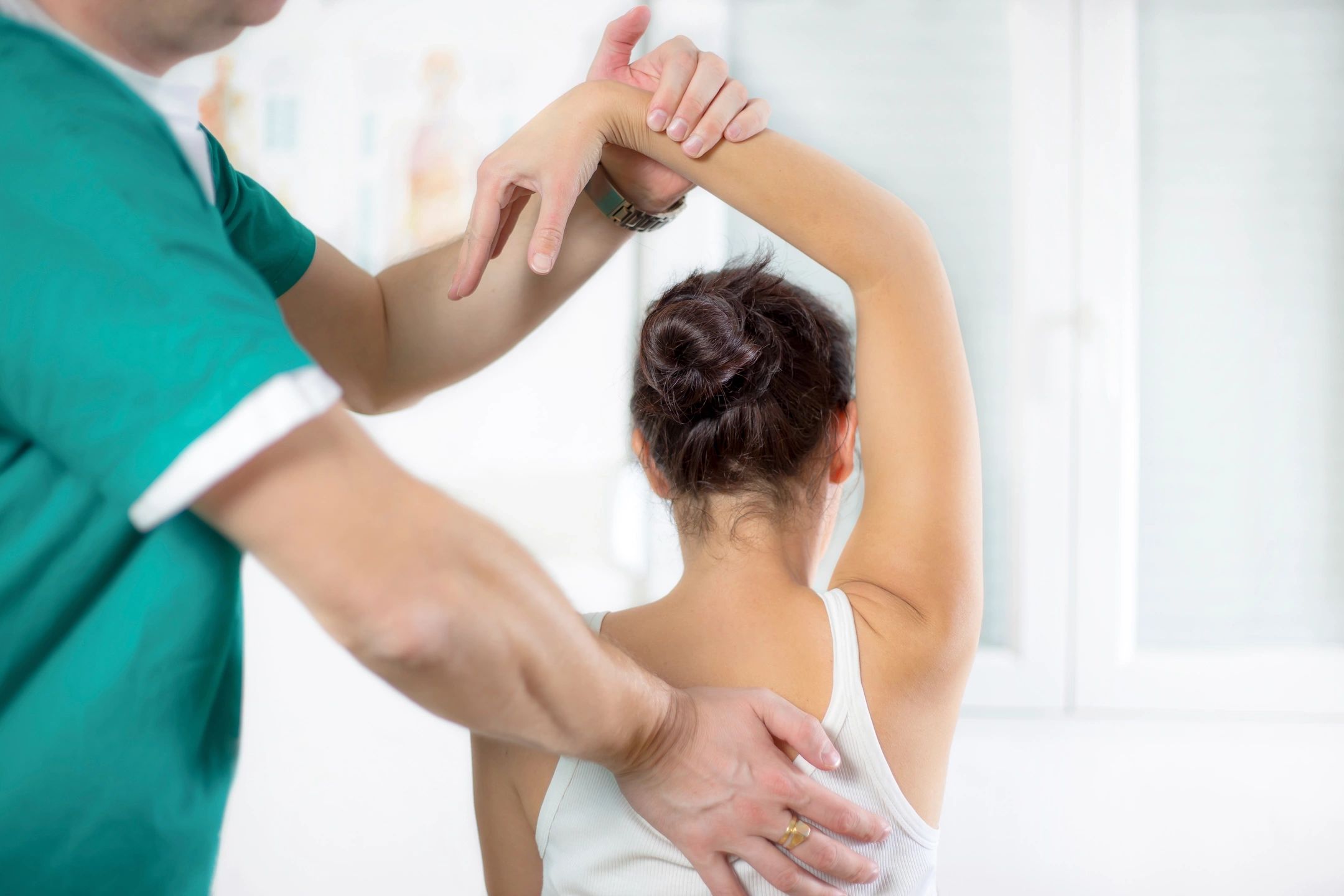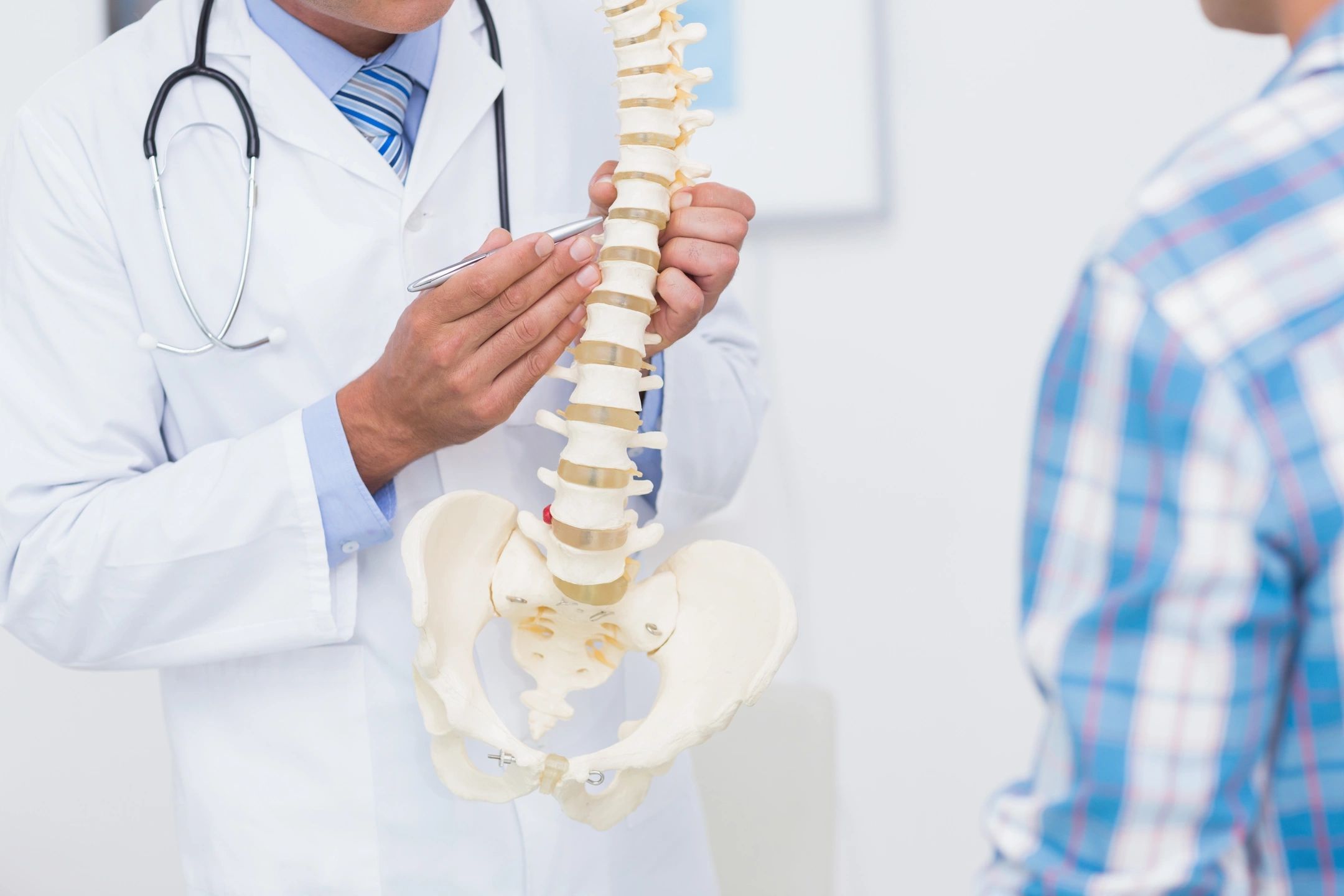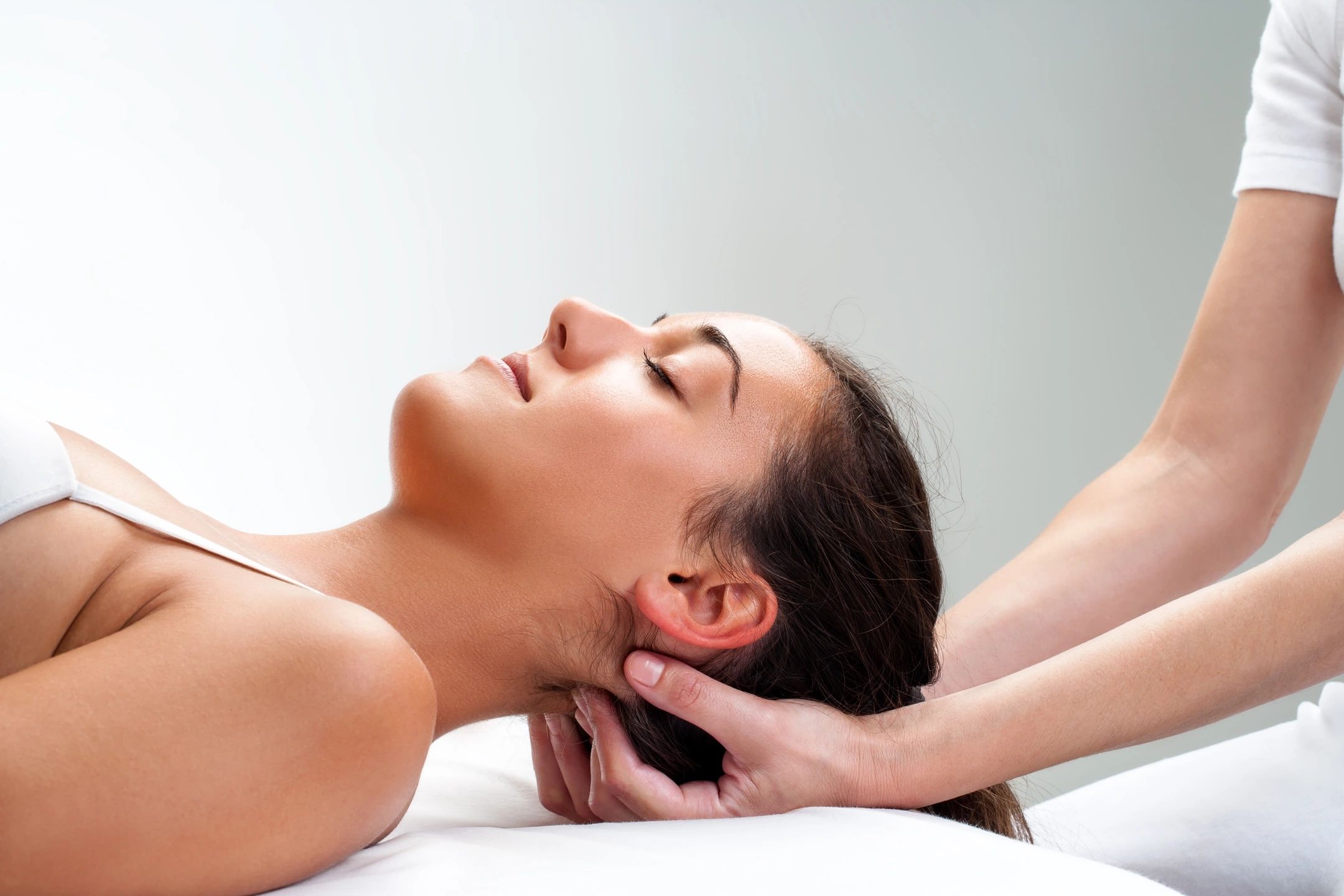
Many people seek chiropractic care when their back goes out or their neck tightens up. But how does this form of care actually work? What are the benefits of receiving chiropractic care for nerve dysfunction compared with other healthcare options? Let’s take a look!
First, let’s discuss how the nervous system “works.” We have three divisions of the nervous system: the central, peripheral, and autonomic nervous systems. The central nervous system (CNS) includes the brain and spinal cord, and it’s essentially the main processing portion of the nervous system. The spinal cord is like a multi-lane highway that brings information to the brain for processing (sensory division) and returns information back to the toes, feet, legs, and upper extremities from which the information originated (motor division). For example, hiking on a mountain trail or simply walking requires constant input to and from the CNS so we can adjust our balance accordingly and not fall. These “sensory-motor pathways” are essential and allow us to complete our daily tasks in an efficient, safe manner as information is constantly bouncing back and forth between the brain and the rest of the body.
The peripheral nervous system (PNS) includes a similar sensory/motor “two-way street” system relaying information back and forth from our toes/feet/legs and fingers/hands/arms to the spinal cord (CNS). And if this isn’t complicated enough, we also have “reflexes” that, for example, allow us to QUICKLY pull our hand away from a hot stove to minimize burning our fingers.
Reflexes allow the information to “skip” the brain’s processing part so quicker reactions can occur. The autonomic nervous system (ANS) includes the sympathetic and parasympathetic divisions that basically “run” our automatic (organ) functions like breathing, heart rate, digestion, hormonal output, and more. There is constant communication between the ANS, PNS, and CNS that allow us to function in a normal, balanced way… unless something disrupts them.
There are obvious conditions that interfere with this communication process that include (but are not limited to) diabetes (with neuropathy), frost bitten or burned fingers, peripheral nerve damage from conditions like carpal/cubital tunnel syndromes, thoracic outlet syndrome, and/or pinched nerves in the neck, mid-back, low-back spinal regions, as well as conditions such as multiple sclerosis (MS), Guillain-Barre Syndrome, after a stroke (spinal cord or brain), and after trauma with resulting fractures where nerve, spinal cord, and/or brain damage can occur. These are “obvious” reasons for delayed or blocked neurotransmission.
There are many other less obvious injuries or conditions that can result in faulty neuromotor patterns and nerve transmission of which chiropractic services can benefit. The “subluxation complex” is a term some chiropractors use to describe the compromised nerve transmission that may occur if a nerve is compressed or irritated due to faulty bone or joint position along the nerve’s course. Reducing such nerve compression typically allows for a restoration of function. A good illustration of this is a patient who suffers from a herniated disk in the neck with numbness and tingling down the arm to the hand. The goal of treatment (for all healthcare professionals) is to remove the pinch of the nerve.
To realize this goal, doctors of chiropractic utilize spinal manipulation and mobilization in addition to other non-surgical, non-drug approaches that may include exercises, nutritional advice, home-care such as a cervical traction unit, and other anti-inflammatory measures (ice, modalities like low level and class IV laser, electric stimulation, pulsed magnetic field, and more). Given the minimal side-effect risks and well-reported benefits, it only makes sense to try chiropractic FIRST and if you’re not satisfied, your doctor will help you find the next level of care.



